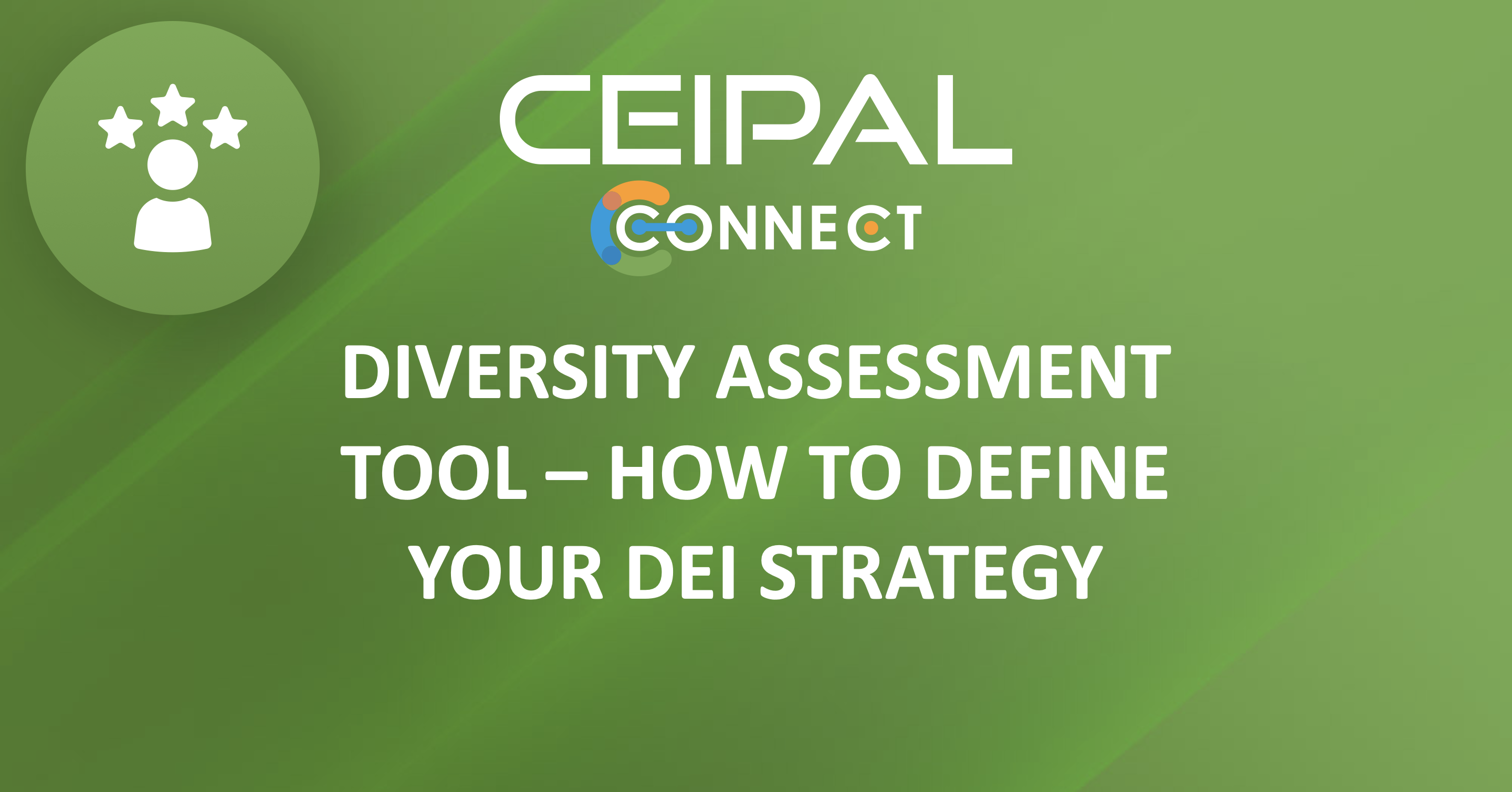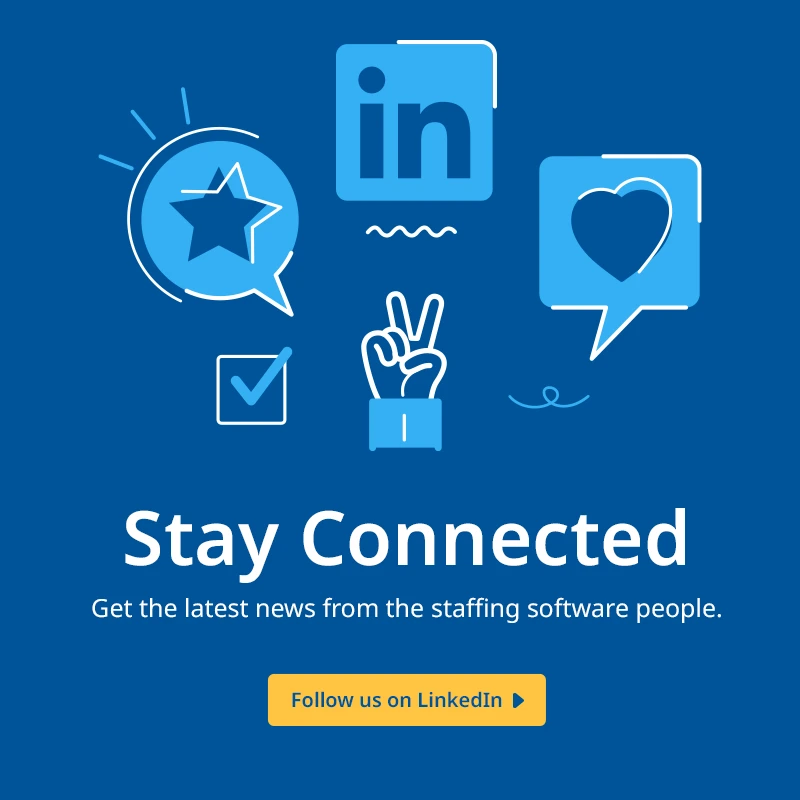Research shows that companies that hire from a more diverse pool of candidates create a better workforce and have a strategic advantage. So, how can hiring organizations and staffing firms champion DEI (diversity, equity, and inclusion) and also find the best candidates available in today’s globally competitive talent acquisition process? In this fireside chat with Ceipal’s Founder & CEO Sameer Penakalapati, Ceipal’s director of marketing and communications, Scott Montminy will help find the answers, as Sameer explains how AI technology can help any organization establish realistic goals and create a more diverse workforce.
Watch the Replay
5 Key Takeaways
Today’s contingent workforce becomes tomorrow’s full-time workforce: It’s incredibly important to know the makeup of not only your full-time workforce, but your contingent workforce as well. 15-20% of the contingent workforce usually transitions into full-time employment with a company, so if your contingent workforce isn’t diversified, you are not bringing in varied talent when you convert these individuals into full-time staff. Build that diversity at every stage from the very beginning, as that momentum will carry over as you grow your team down the road.
Technology bridges the gap: It can be hard to diversify a workforce without having the data to drive decisions. Today, technology is what can help bridge the gap. By relying on aggregate technology that collects data safely and securely, companies are able to better understand their employee makeup and then can set goals surrounding DEI metrics based on that data. Employees don’t need to give up personal information and analysis is done accurately, without bias.
Assessment drives change: Without knowing the baseline makeup of your workforce, you’re not able to take steps to improve important DEI metrics. Accurately assessing your current workforce is the foundation that will allow you to set goals for improvement and then take action to meet those goals.
Data drives conversations: Whether you are measuring internal pay gaps between male and female employees or analyzing the ethnic makeup of candidates you get from suppliers, data equips you with knowledge. That knowledge then needs to be used to drive conversations both internally and externally to identify why these gaps are happening and then make a plan to overcome them.
DEI is cyclical: It’s not enough to assess once, make a plan, and carry it out. DEI efforts require constant oversight, allowing you to watch your progress in real-time. By being able to feed new data into your existing analysis, you can track your efforts over time. As you grow in certain areas, you’ll be able to see what new gaps emerge and then make a plan to address them.
Standout Quote
“You [should] constantly make a considered effort to build a workforce and it’s a continuous process. If you do it for years then you will really make a difference in bringing in a diverse workforce.”







